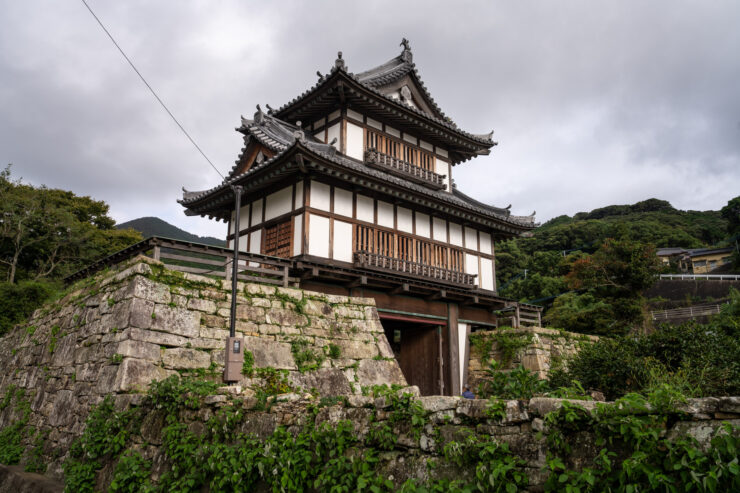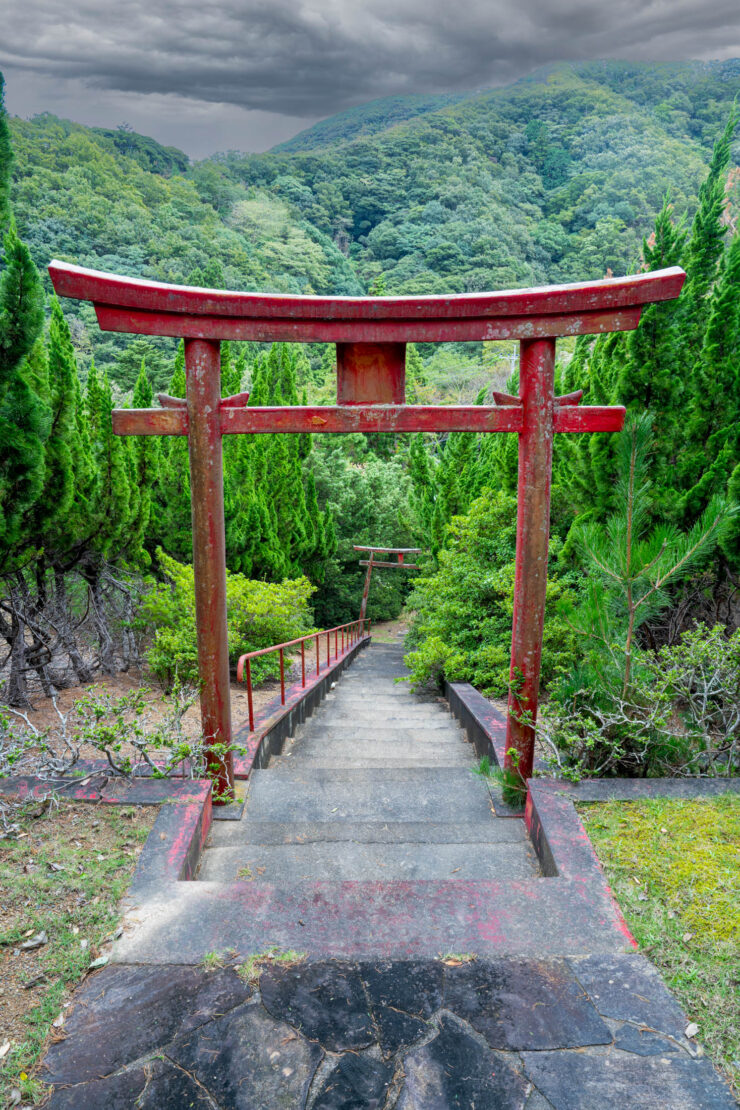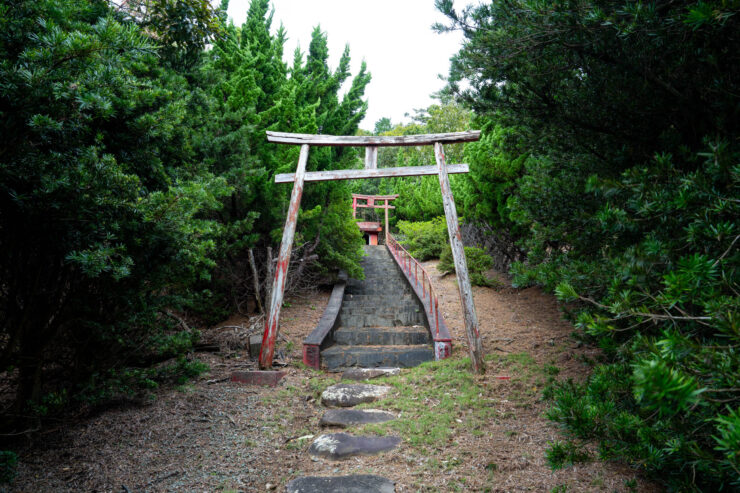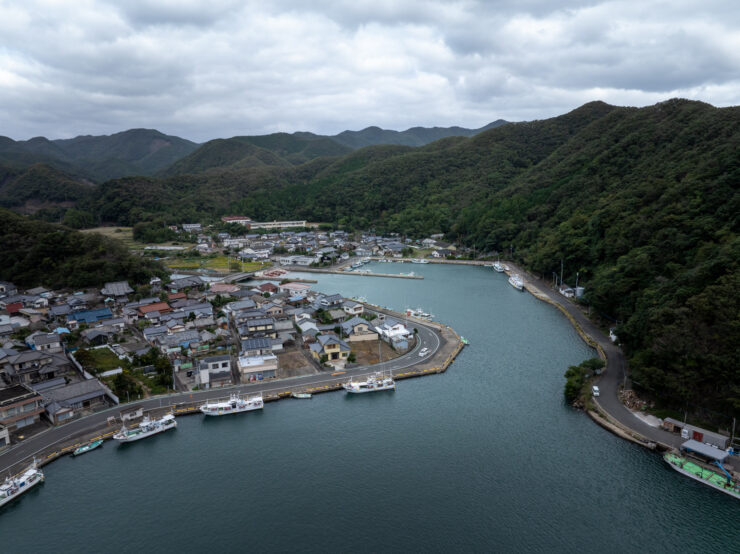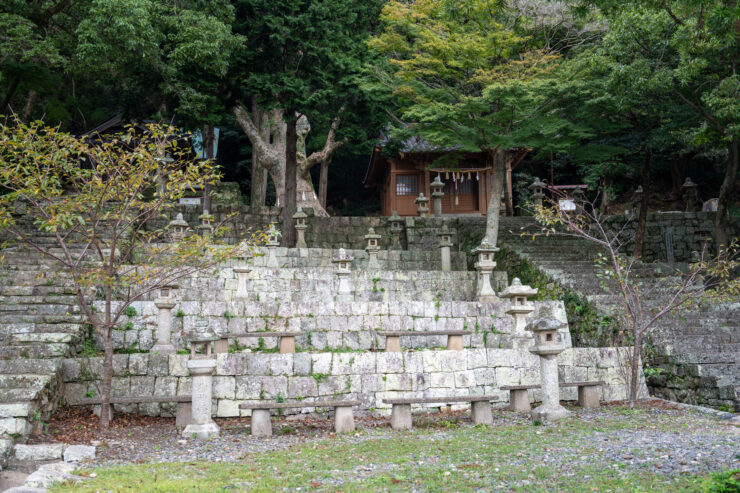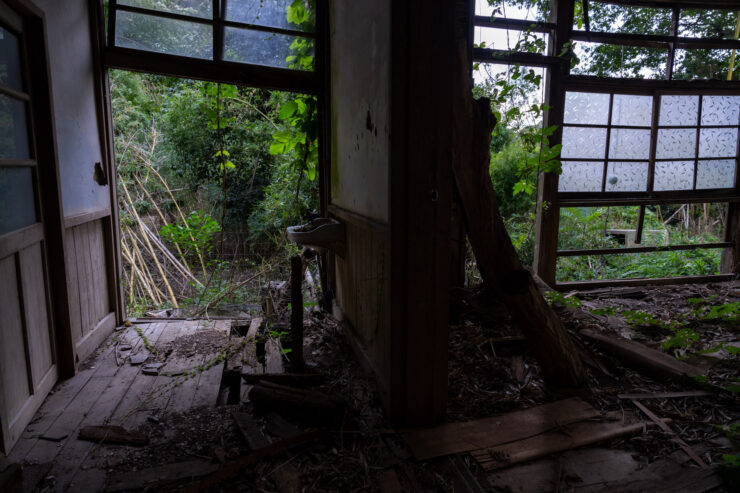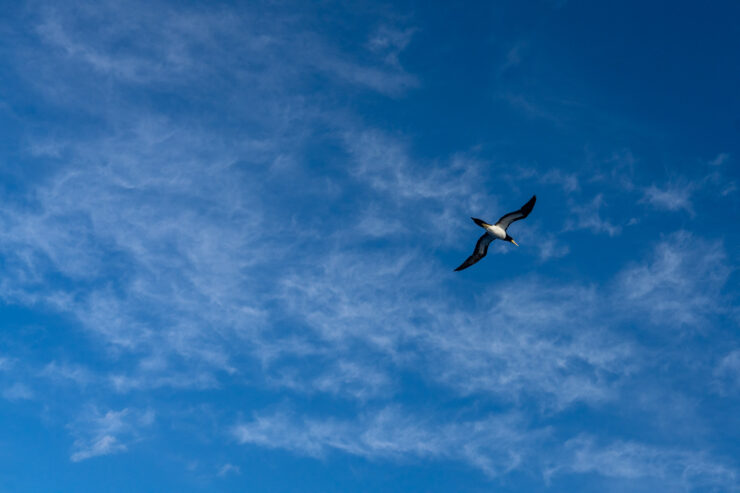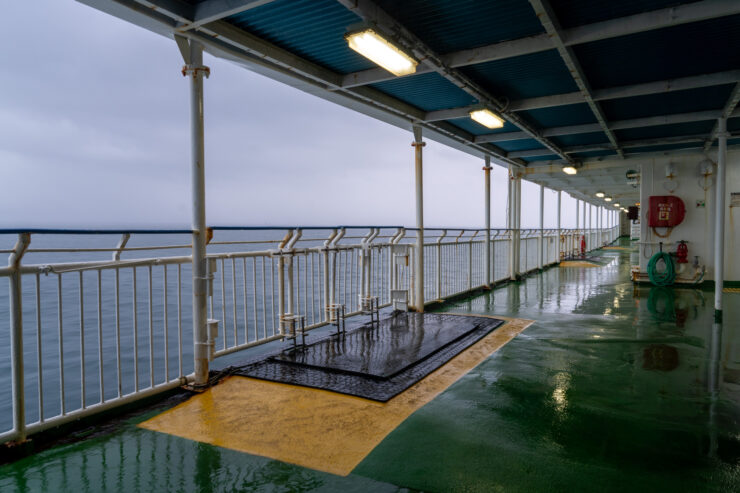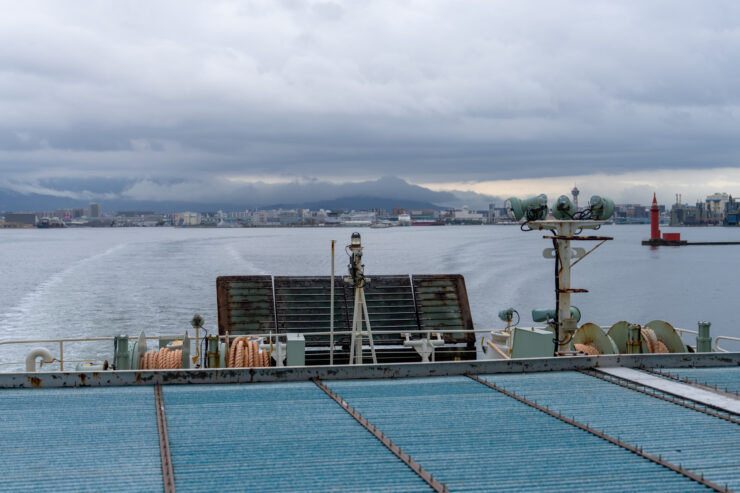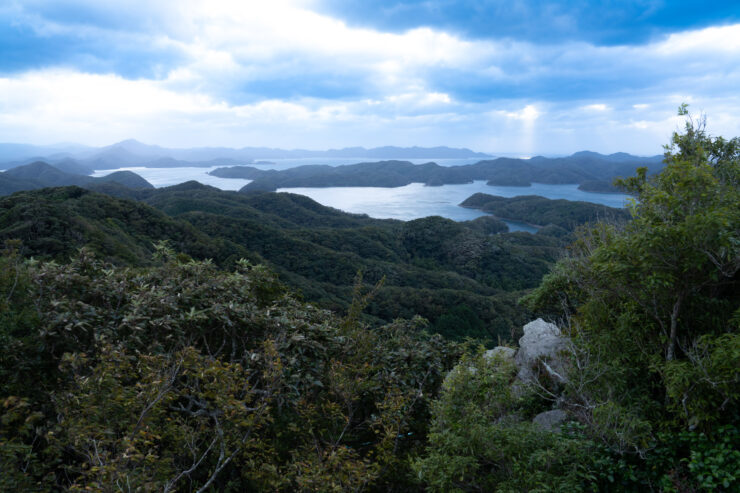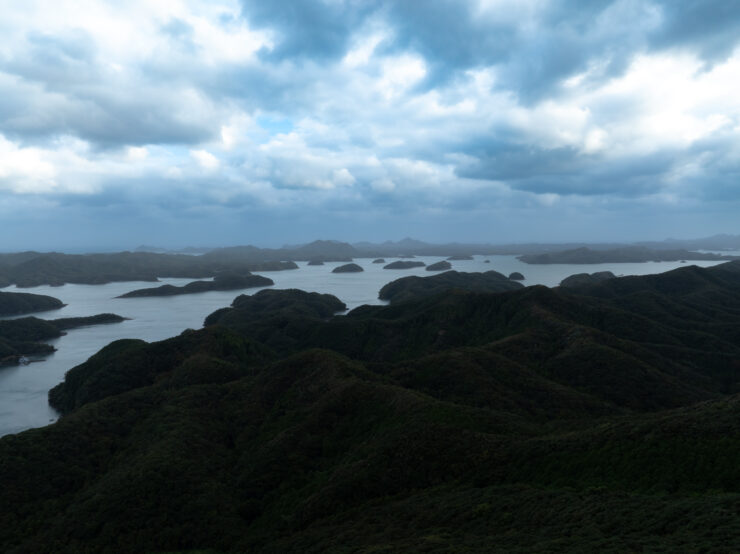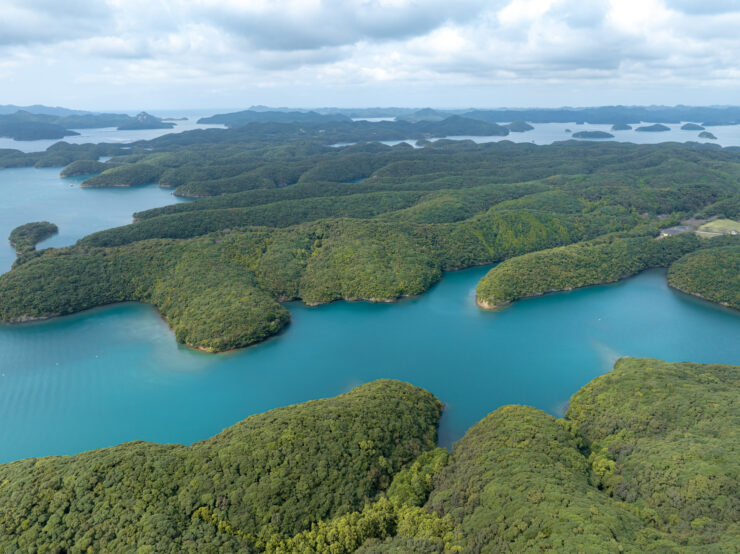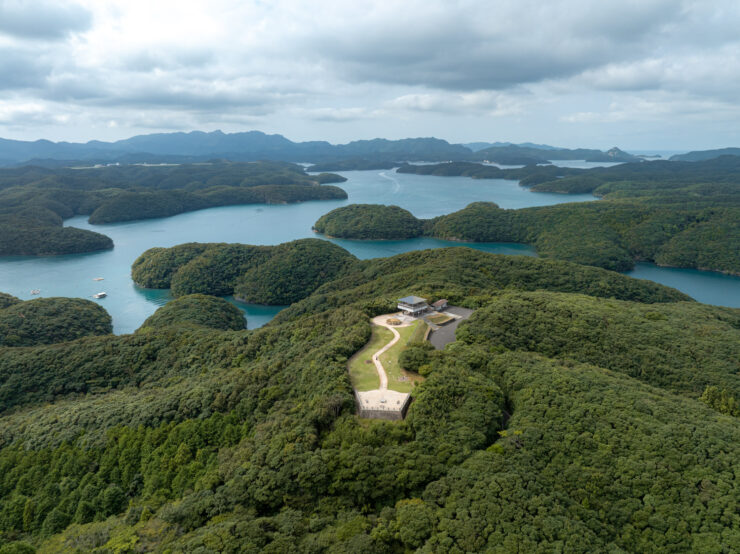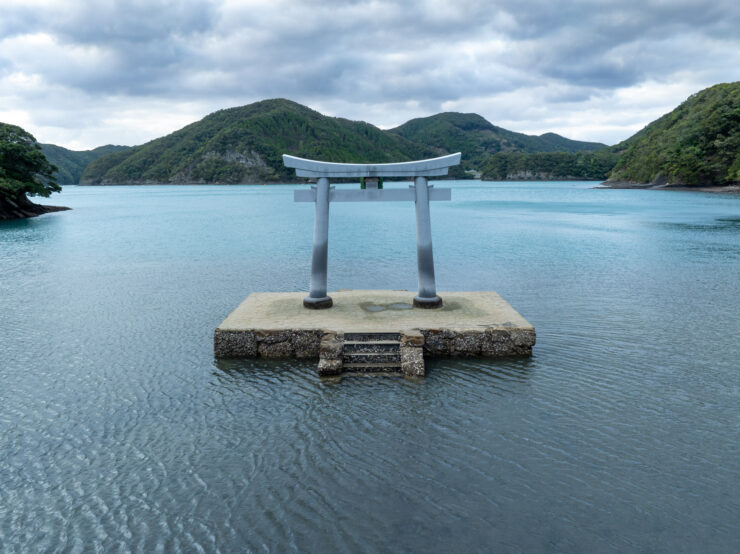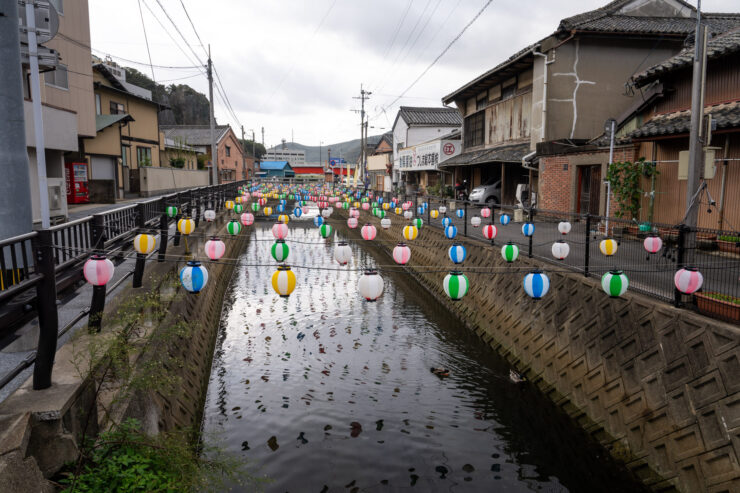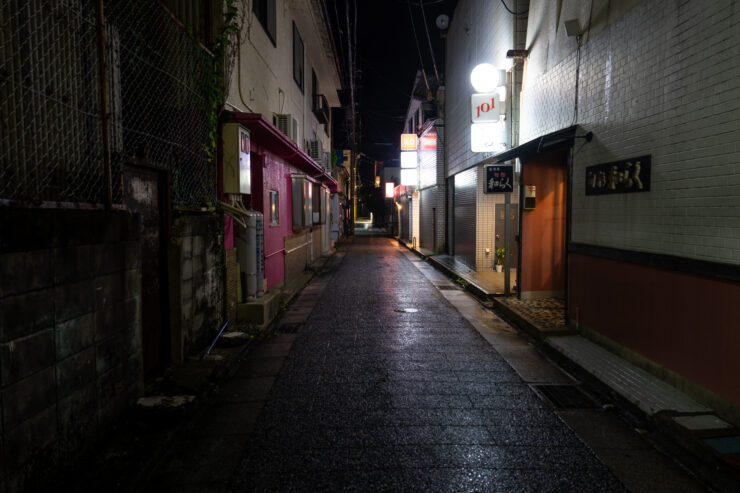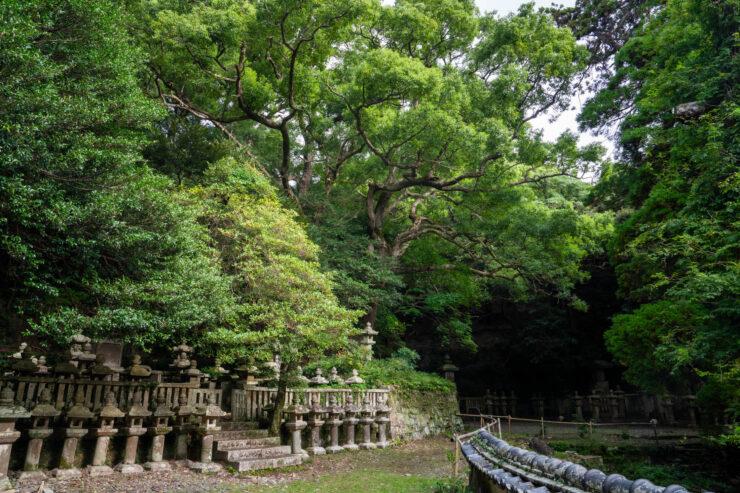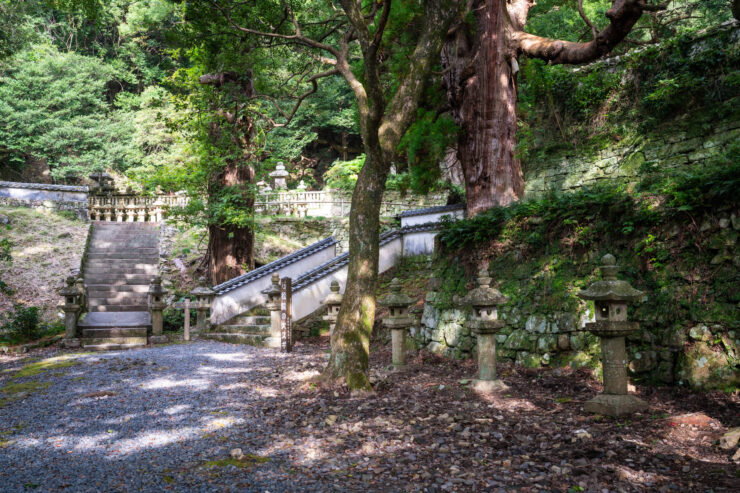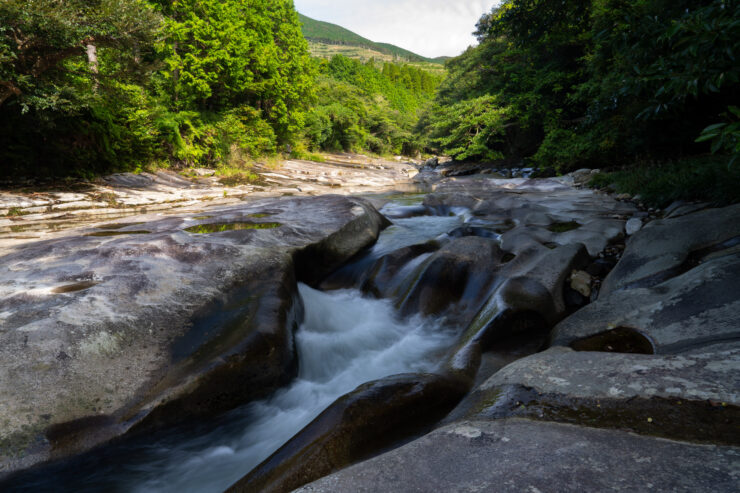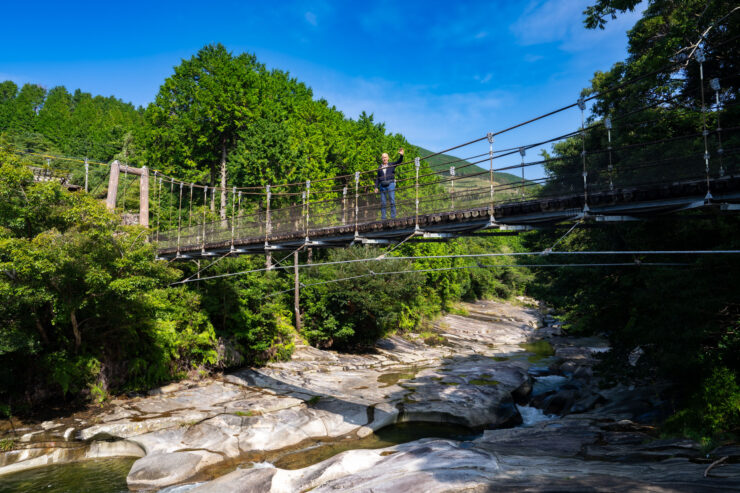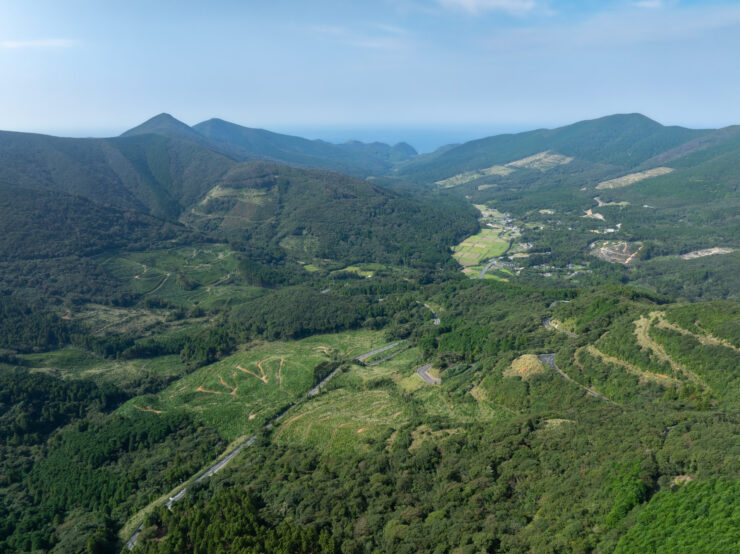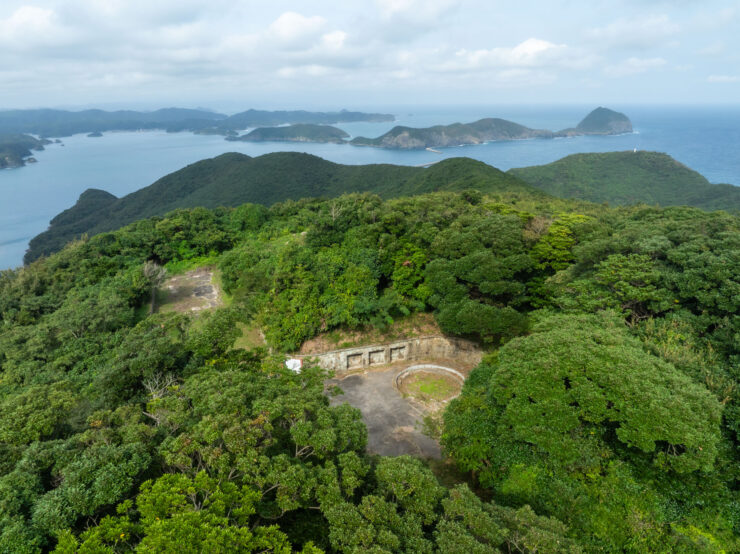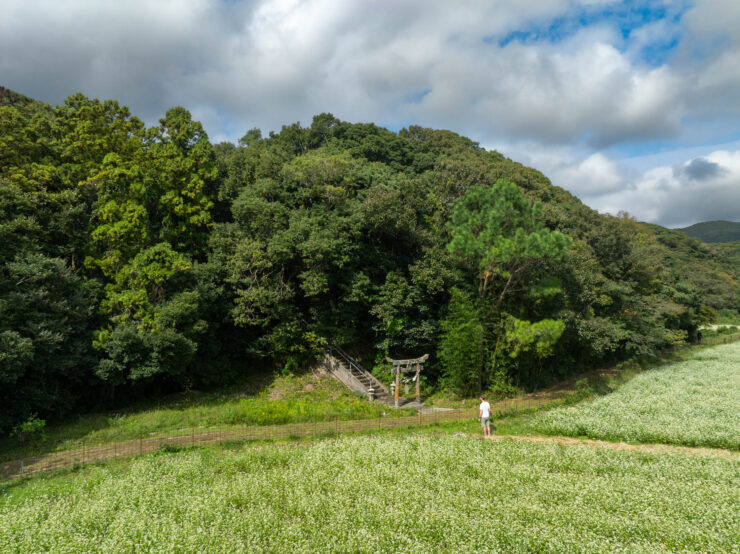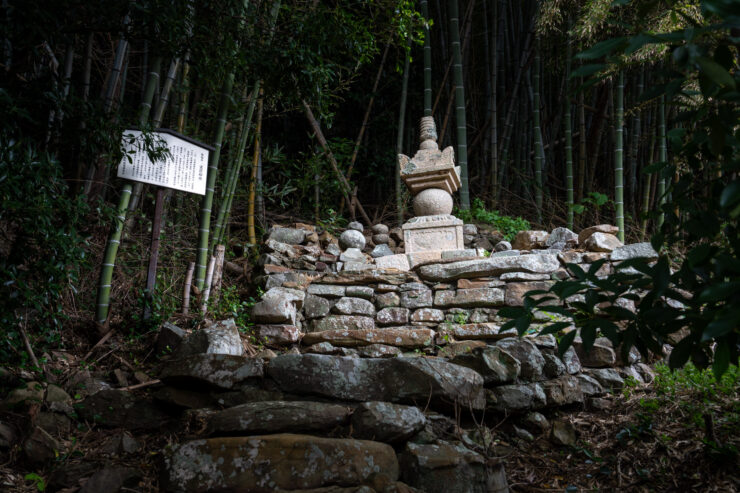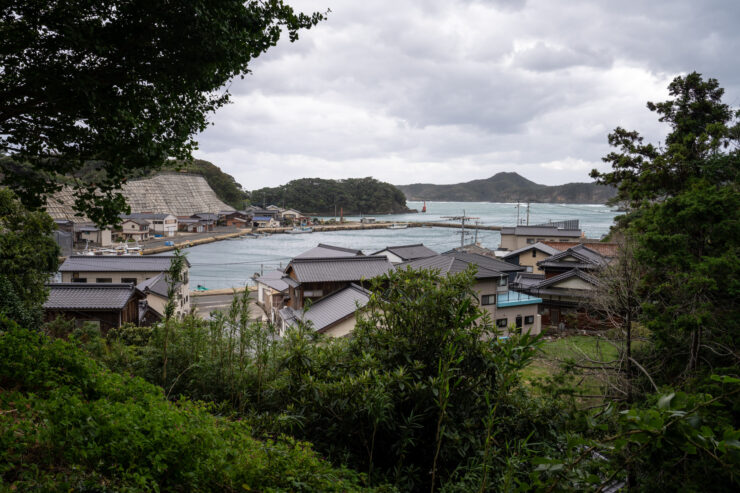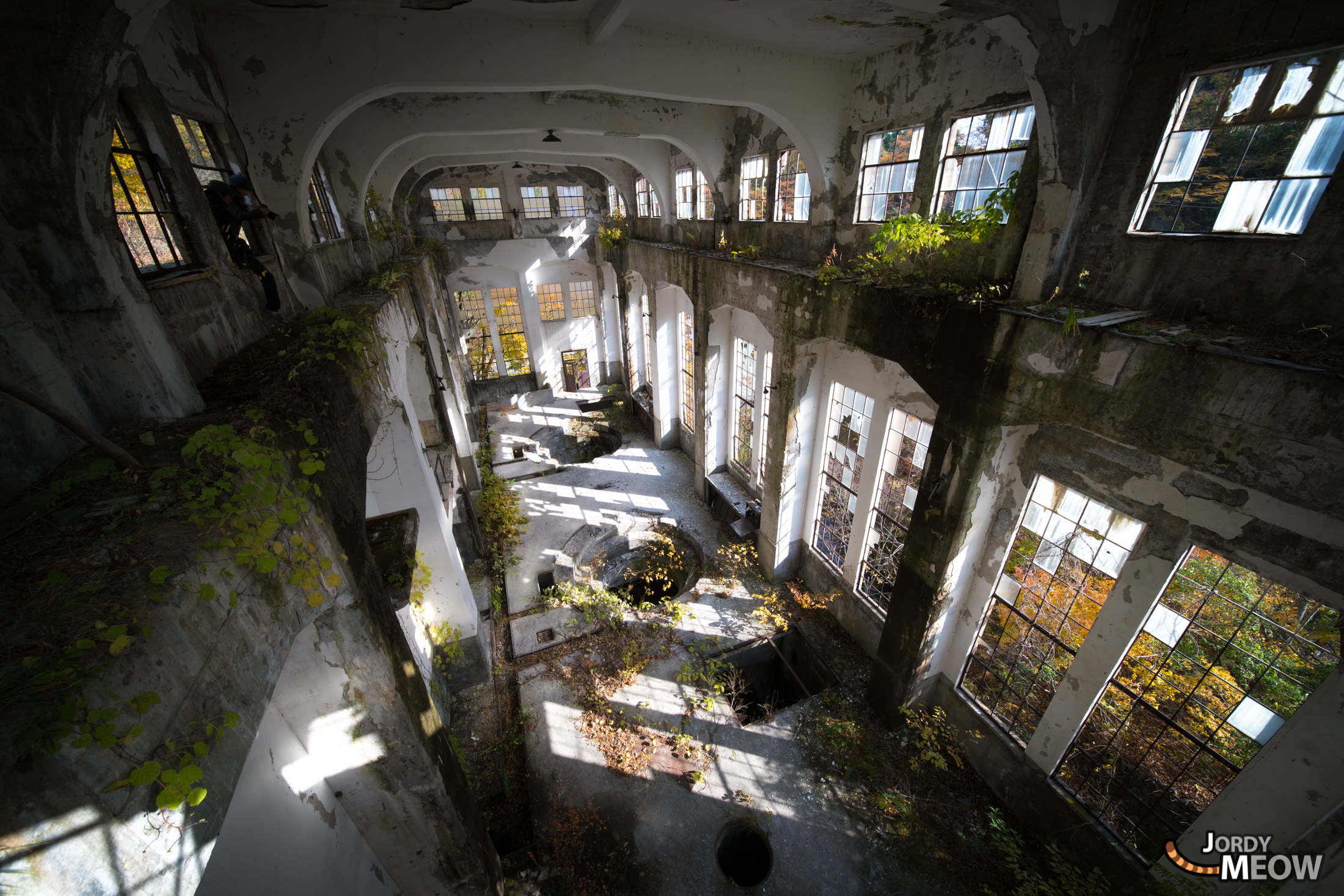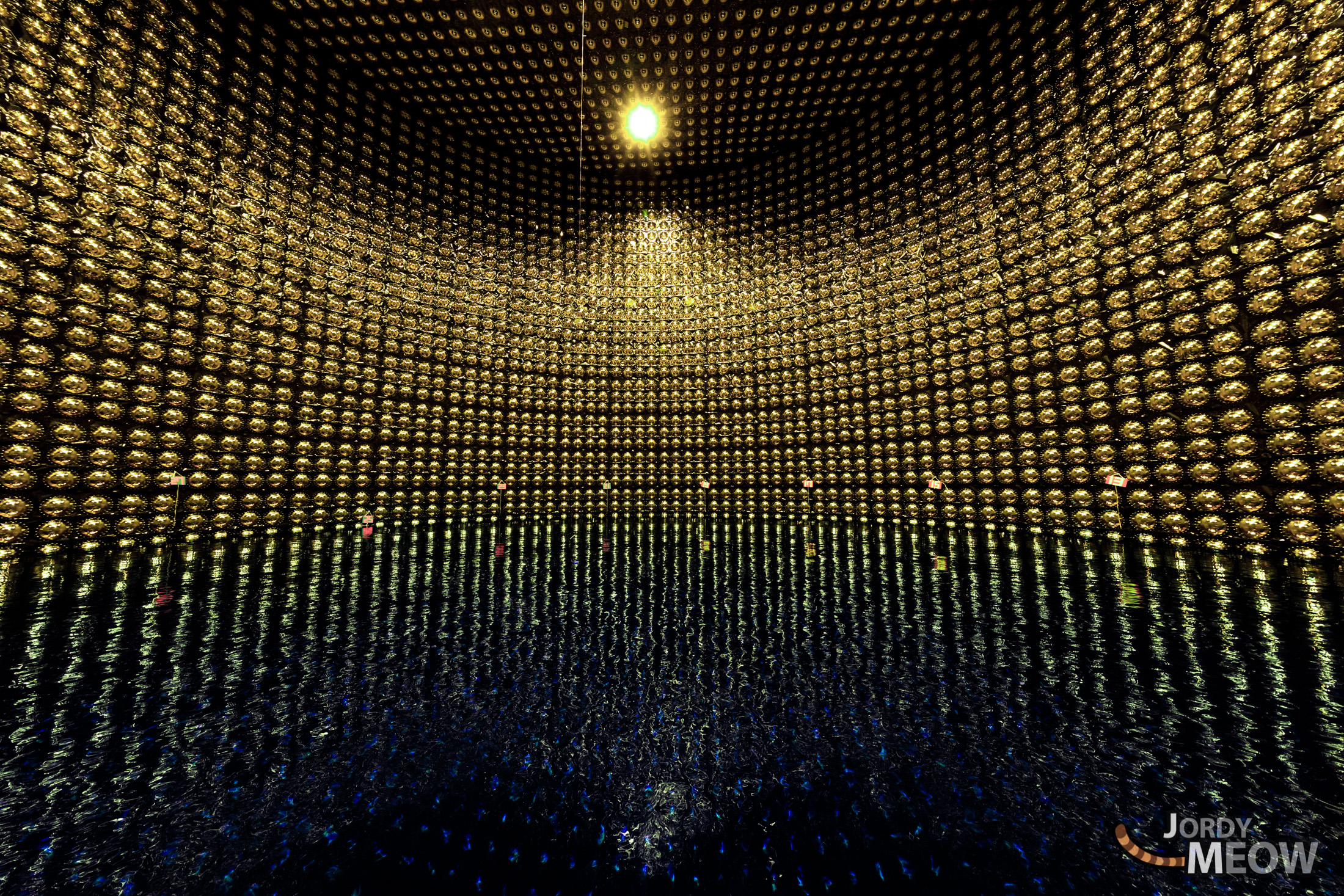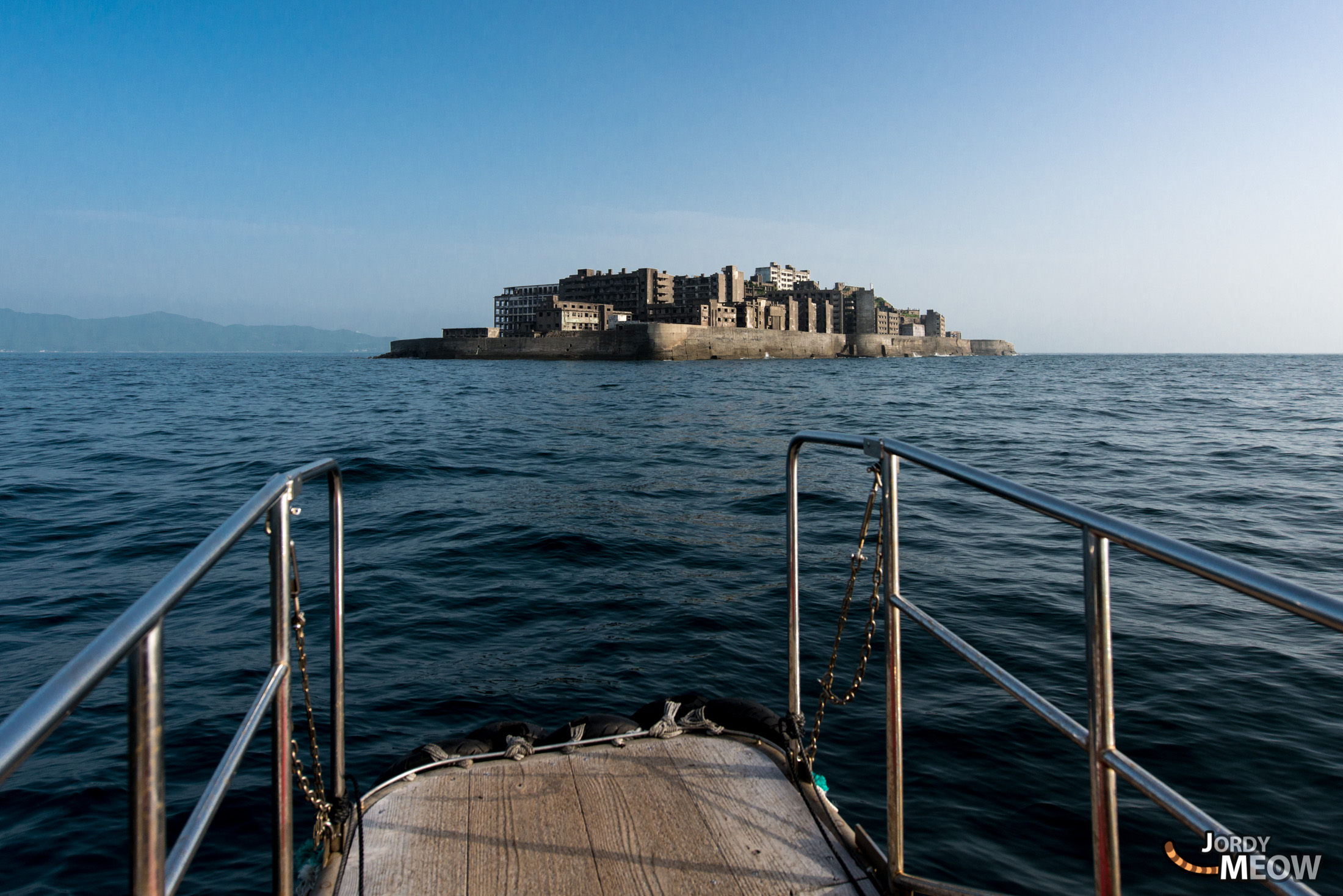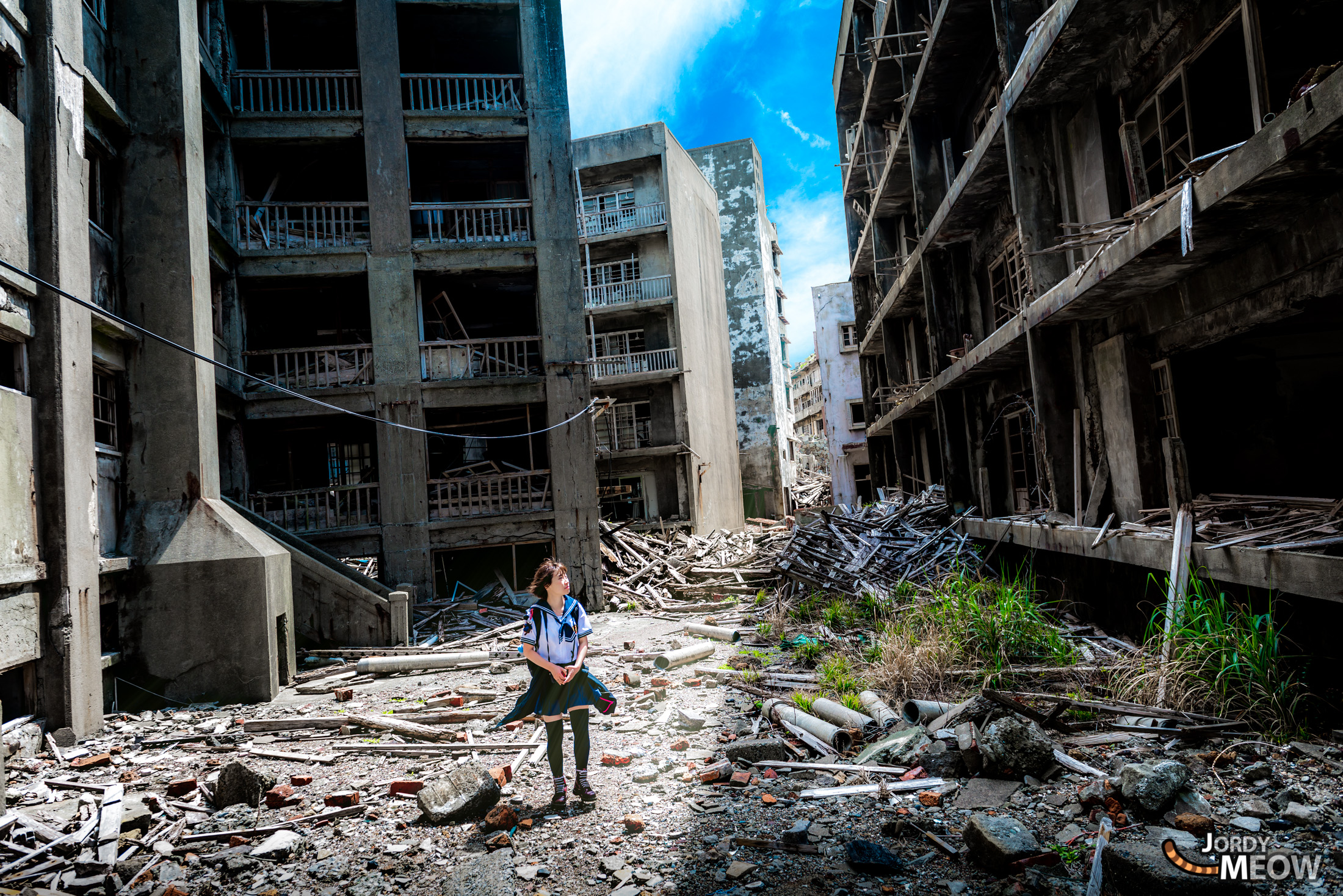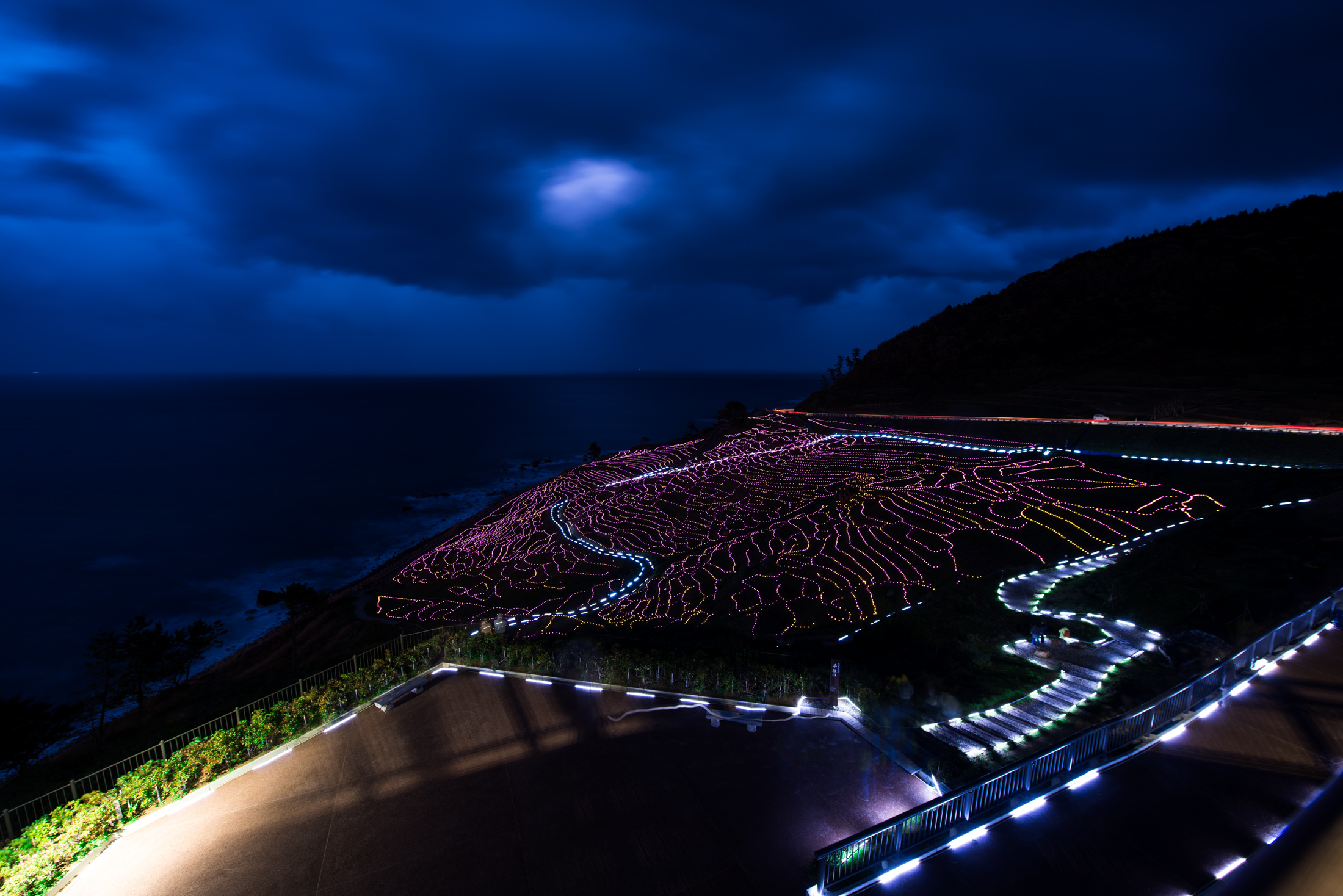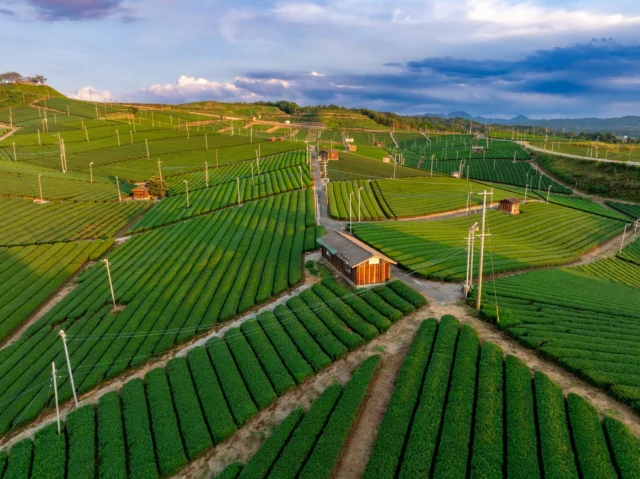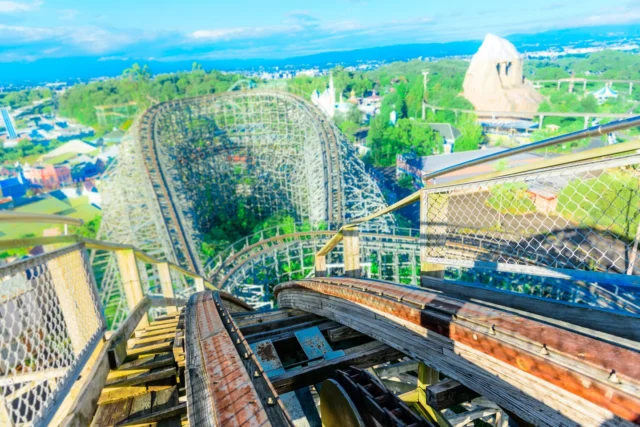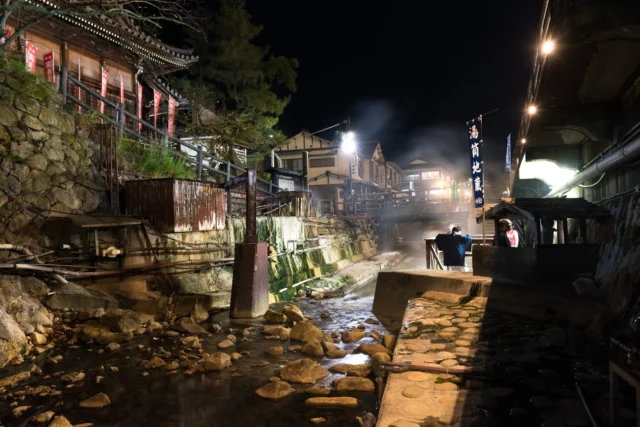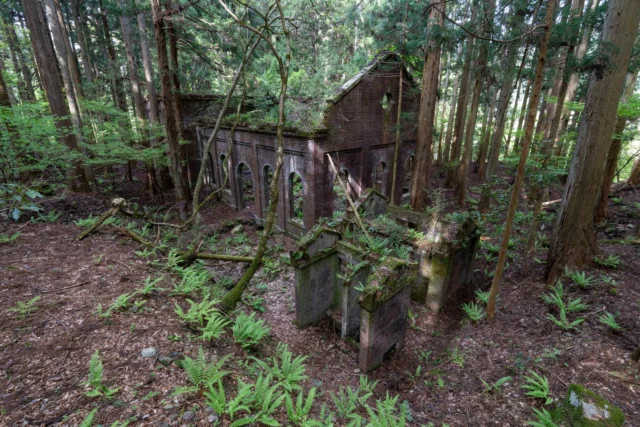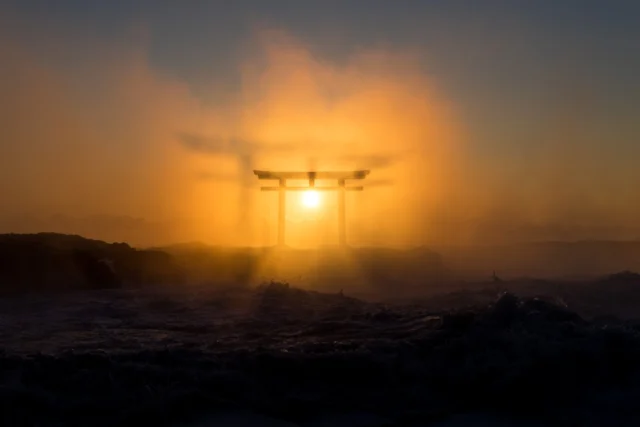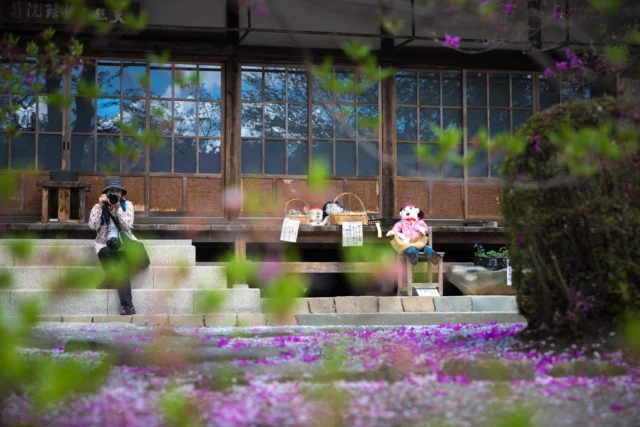But behind the gaming pixel legends a very real island lies hidden in the Genkai Sea, between Japan and South Korea. I’m taking you on an unexpected and authentic getaway to this fascinating place.
Tsushima, between two worlds
Tsushima Island, in fact an archipelago of almost 100 islands, is special. It’s part of Nagasaki prefecture and lies about 50 km from the Korean coast, which for centuries has made it a strategic point in Japanese history. Tsushima is best known as the site of the notorious battle of 1274, when a Mongol fleet tried to invade Japan. These events have largely inspired Ghost of Tsushima (you know, the video game where one player is a badass samurai), although today’s version takes creative liberties.
The island is now a haven of unspoiled nature, with forested mountains, secluded beaches and picturesque sanctuaries. Its low population density (about 30,000) and isolation contribute to a peaceful and authentic atmosphere. But be careful as the “restful” side can also turn into “nothing’s open” if you don’t plan ahead some.
Why Tsushima? A post-samurai impulse
The idea struck me at Fukuoka, while I was looking for a way to fill two days before going back to Setouchi. Having recently done Ghost of Tsushima, why not visit the island for real? Spoiler: nothing happened like in the game, but what an adventure all the same!
The beginning: a storm, a ferry, and a Toyoko Inn
We landed on the island by ferry, car on board, in pouring rain and a freezing wind. Two nights at the Toyoko Inn in town promised simplicity. I dreamed of a traditional little ryokan with crazy charm, but to be honest the Tsushima hotel offer is limited.
Finding a restaurant was quite a feat. Between the random opening times and the lack of numbers on Google Maps, each meal felt like a wild goose chase. But what a reward! At 壱
DINING, I discovered lightly grilled sashimi unagi (freshwater eel). To die for.
Icy winds and closed ruins
Next day, stormy skies again. No rain but winds still icy. Most of the shops on the island were closed (out-of-season welcome!). We took refuge at Shimameshiya Hokuto, apparently the only restaurant open in the north, and here, miracle: a memorable tonkatsu (breaded deep-fried pork) with unagi tempura as a bonus. As for the bottled coffee to finish, well we could’ve done without that …
Highlight of the day? Hike up Mount Eboshi, after finding the site was closed for 10 months. Small victory: the view was worth the effort. But seriously, reopening wouldn’t hurt.
The wild nature of Tsushima
One of Tsushima’s great attractions is its raw and unspoiled nature. Almost 90% of the island is covered in forest, home to unique creatures like the Tsushima leopard cat, a rare subspecies that you’re unlikely to spot. The surrounding waters are teeming with marine life and the island is a hikers’ paradise, with paths leading to spectacular viewpoints such as Mount Eboshi or Manzeki Observatory.
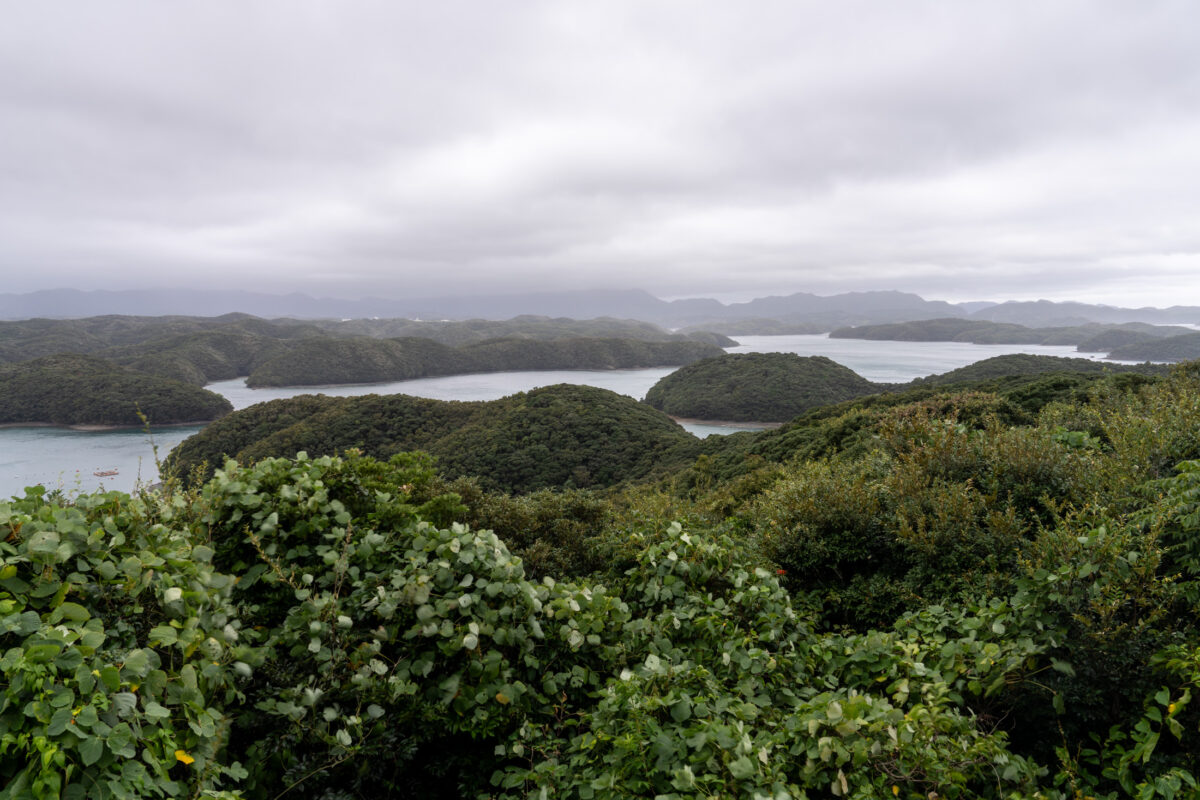
Watazumi shrine, with its tall torii facing the sea, is one of the most emblematic sites on the island. It illustrates the deep connection between people and nature, a recurring theme in Japan.
Izuhara: castle city
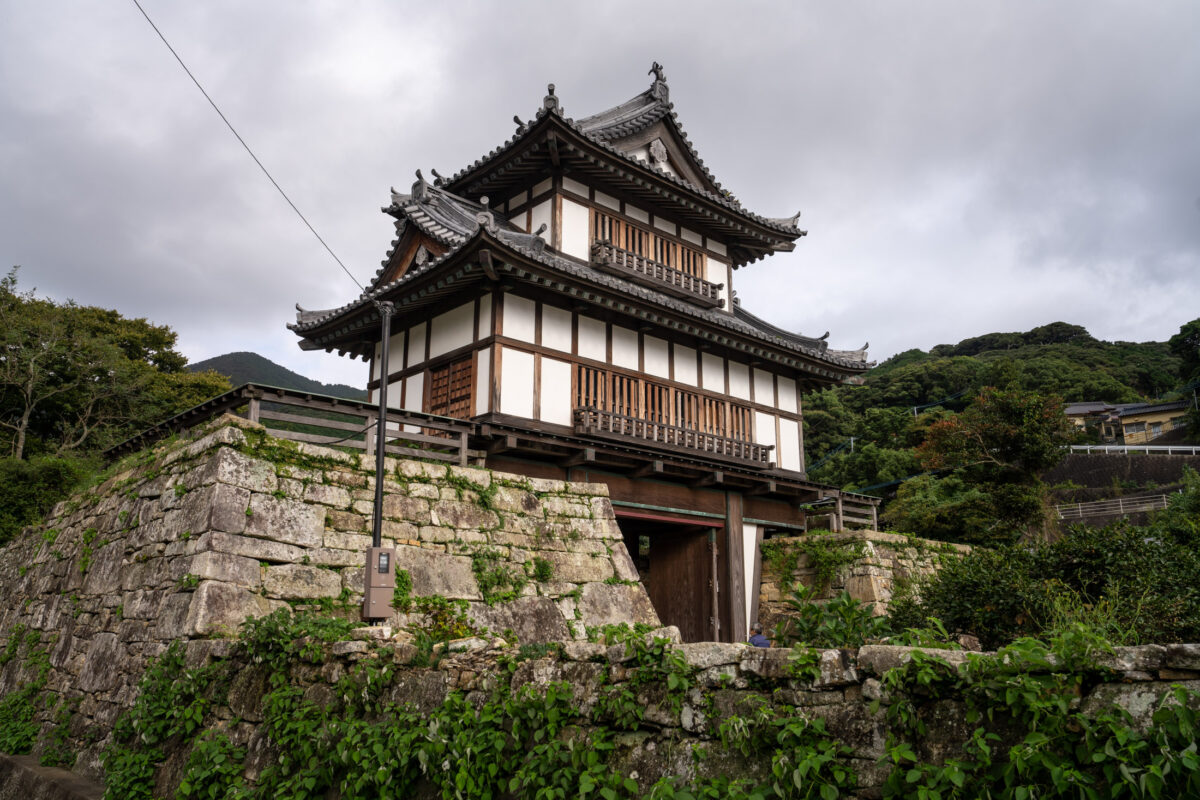
Strolling around Izuhara also lets you plunge into the island’s feudal past. This ancient castle city preserves the remains of fortifications, temples and streets with old-fashioned charm. Between visits, just let yourself be carried away by the tranquil atmosphere.
Impossible to enjoy Izuhara without a detour through Banshoin. This temple, founded in 1615 by Sō Yoshinari, houses the necropolis of the Sō clan, who ruled Tsushima. The imposing Azuchi-Momoyama gate, one of the oldest buildings on the island, sets the tone. Beyond the gate a flight of 132 steps leads to the monumental tombs of the lords, surrounded by thousand-year-old cedars. Between artefacts donated by the Korean king and tablets dedicated to the Tokugawa shoguns, the Tsushima story is revealed around every corner of the temple.
An evening in a house from another age
In the evening, after another disappointment from Google Maps (restaurant closed!), we found refuge at Senryo. Imagine a dilapidated Showa house, converted into an upstairs restaurant reached by a creaking elevator. It was unusual, but the honest cooking and affordable prices (25 euros per person with fresh sake, unbeatable).
At last, some sun!
The third day, miracle: better weather. We explored Ayumodoshi Natural Park, and revisited Manzeki Observatory under a blue flower-strewn sky. Lunch at Yarusagi, with its breathtaking view, was a lovely way to finish up before rushing for the ferry. Ah, but what about these cannon relics? Too much to take in. We ran towards the port, just in time to board.
And what about Ghost of Tsushima?
If you’re expecting the same vibe as in the game, you might be surprised. Tsushima doesn’t look like the pixelated scenarios with their idealized sanctuaries and landscapes. But the island has its own magic: raw, wild, rooted in reality.
What stayed with me
Tsushima isn’t an easy trip. But that’s what makes it unforgettable. Between the unexpected, the culinary specialities and those moments when time seems to stand still, looking out to sea or in a forgotten sanctuary, the island gets you to slow down and reconnect with basics. A corner of Japan where history and nature meet, far from the tourist clichés.
And for more awesome content about Japan, follow Jordy Meow on Instagram ! 🎵

